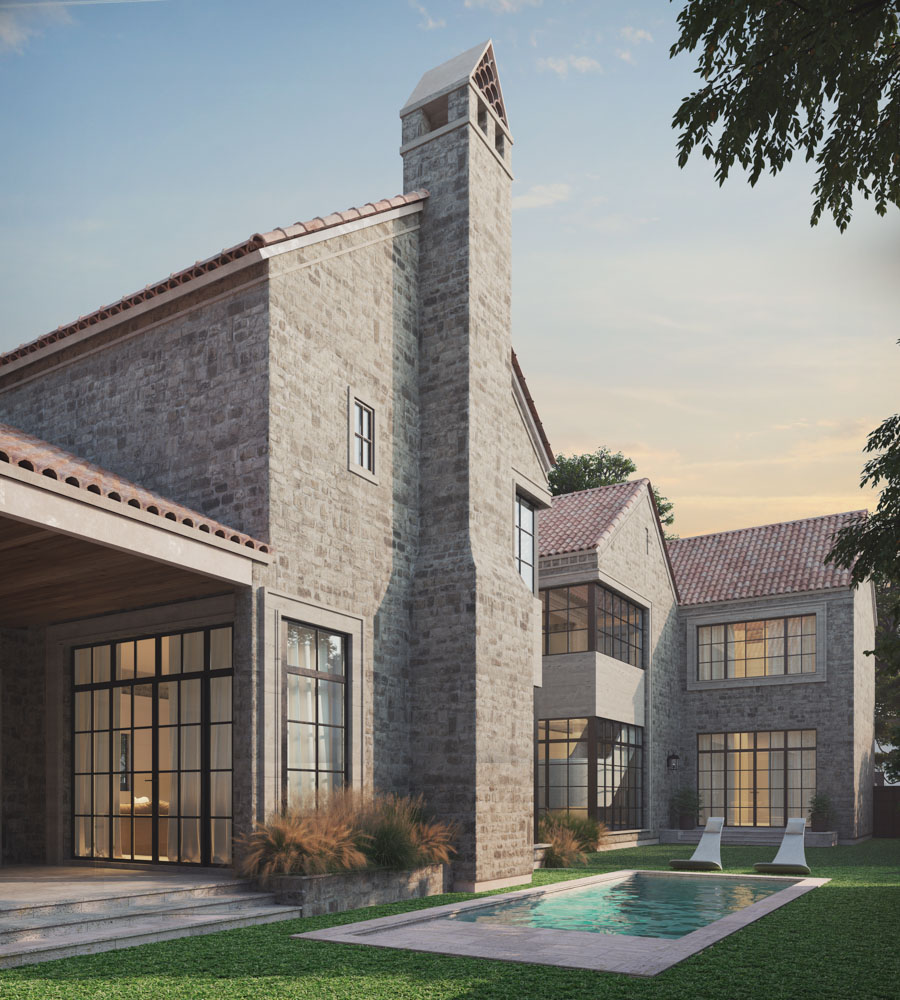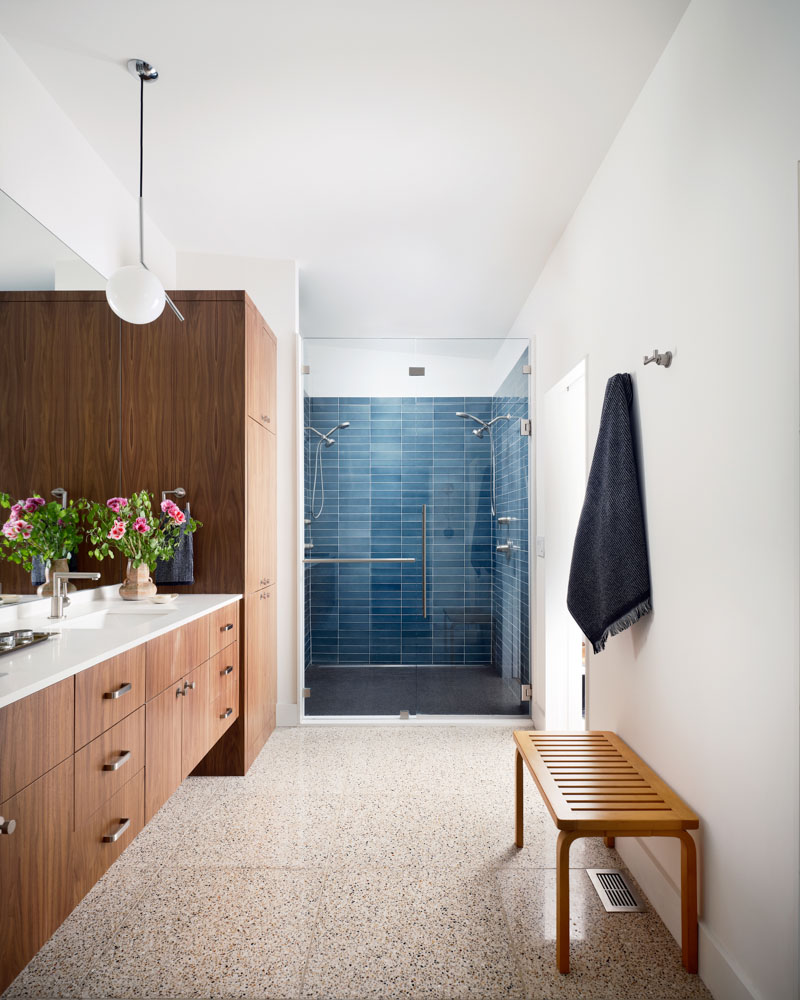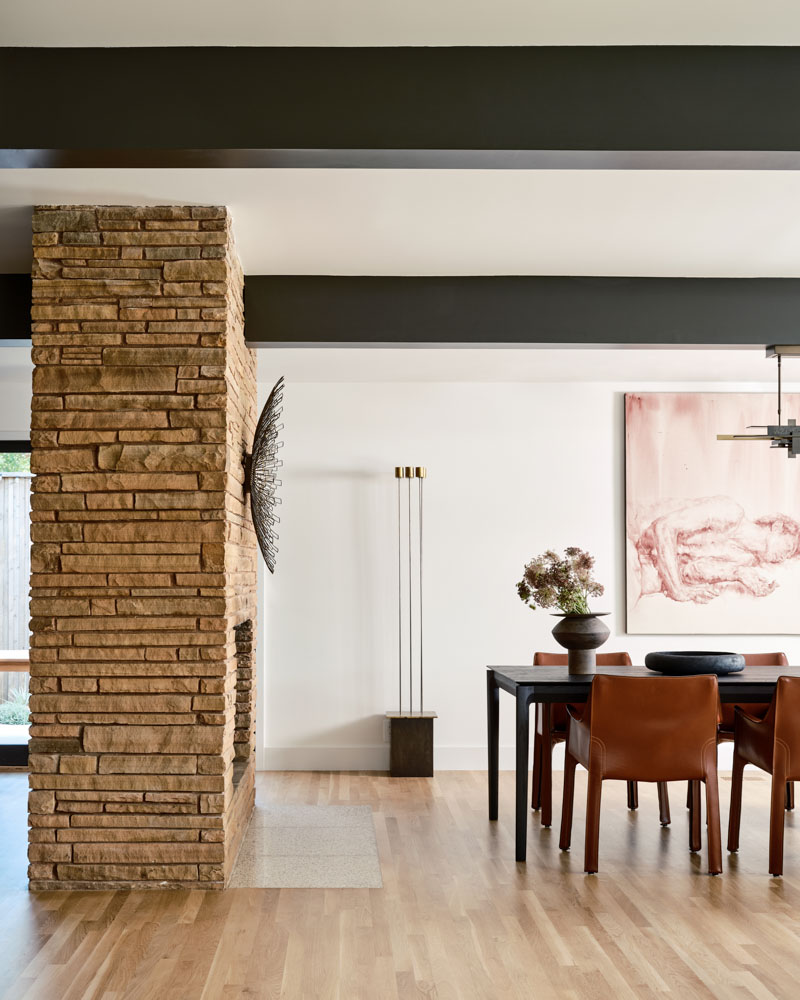Northwest Dallas Architects
Your Local Northwest Dallas Architects
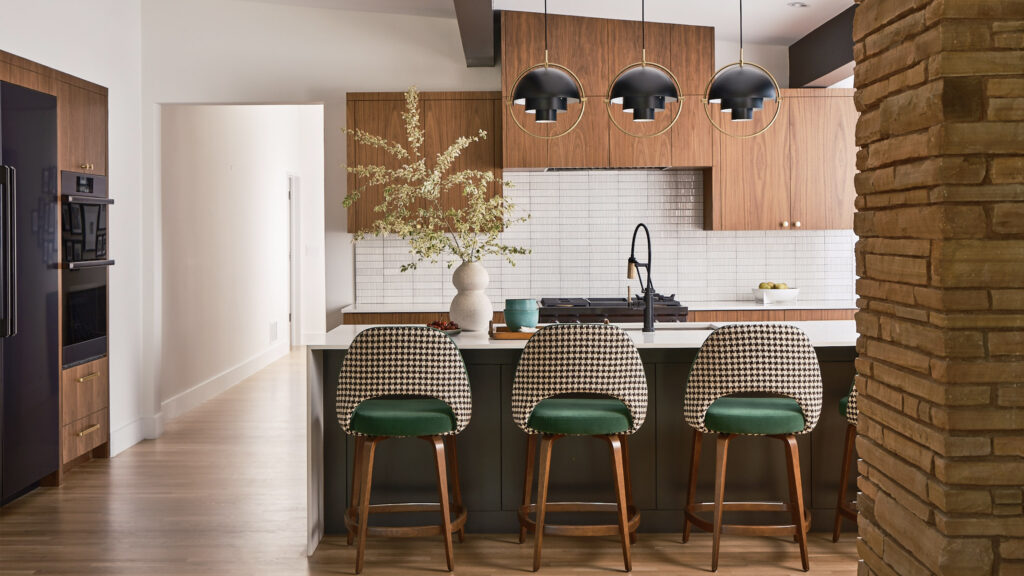
About Manolo Design Studio
We believe that designing and building a custom luxury home is an art that thrives on collaboration. Founded by Manolo, AIA, our studio brings together the best of architecture, design, and construction to create spaces that are not only beautiful but also functional and enduring.
Manolo, a registered architect with a Master’s degree in Architecture and Business Administration, founded the studio after more than a decade of experience in high-end residential design and general contracting. From the Park Cities to greater Dallas, he has honed his skills in delivering exceptional homes tailored to the unique needs of each client.
Every project begins with a deep understanding of your vision. As founder and principal, Manolo is personally involved from the first sketch to the final build, ensuring that every detail is thoughtfully crafted. He believes that design is a seamless blend of intention and action, and it is this philosophy that guides the studio’s approach.
What sets Manolo Design Studio apart is our ability to navigate the challenges that inevitably arise in the complex process of building a custom home. With over 10 years of experience as a general contractor, Manolo is uniquely positioned to address problems before they become setbacks. His expertise in both design and construction allows us to offer practical, creative solutions that keep projects on track, on time, and within budget.
But it’s not just about technical expertise. We take pride in creating a collaborative environment where clients feel heard, understood, and supported throughout the process. We’re not just building homes; we’re building lasting relationships. From the initial consultation to the final walk-through, we’re there to guide our clients every step of the way, ensuring the process is as enjoyable and rewarding as the finished product.
Our design philosophy is grounded in five core principles: Context, Standards, Balance, Discipline, and Mastery. These principles shape every aspect of our work, ensuring that each home we design is a reflection of its surroundings, an example of functional beauty, and a true expression of our clients’ aspirations.
We understand that building your dream home is a personal journey, and we’re here to make that journey as smooth and successful as possible. With a focus on exceptional design, quality construction, and an unwavering commitment to client satisfaction, we create spaces that you’ll love for years to come.
Let’s design the home you’ve always envisioned.
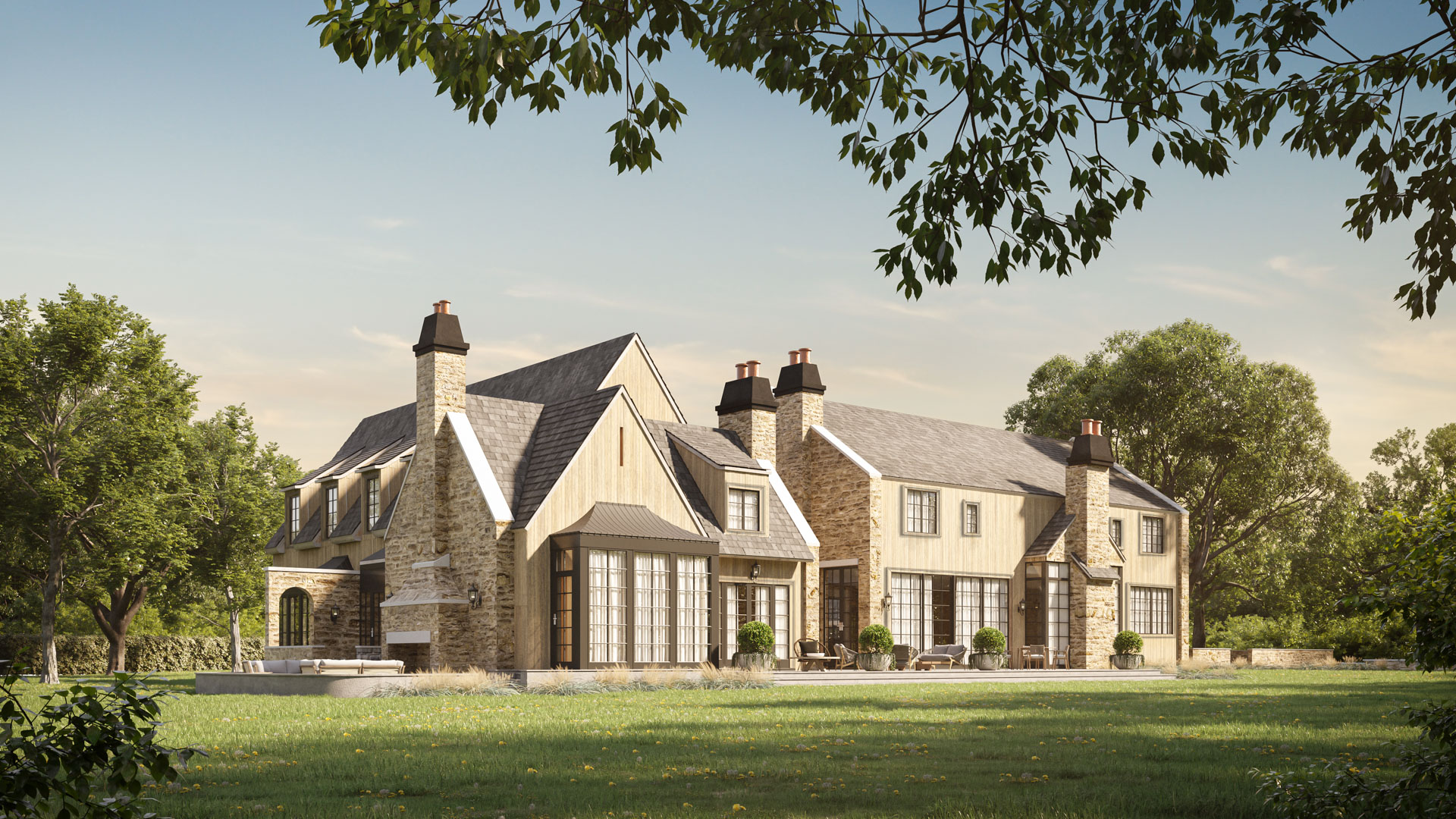
Bluffview Texas
Bluffview is known for its rolling topography, mature trees, and homes that integrate closely with their landscape. An architect working in Bluffview studies grade changes, views, and tree preservation before shaping the design. The home must feel balanced on the site while maintaining clear relationships between interior spaces and outdoor areas.
Because many Bluffview lots present structural challenges, documentation plays a critical role. Foundations, drainage, and landscape coordination must be planned precisely. When the technical work is handled with care, the home fits naturally into the Bluffview environment.
Preston Hollow Texas
Preston Hollow demands refined design, steady proportion, and strong attention to detail. Architects shape homes that feel confident on larger lots without overwhelming them. The layout often includes long sightlines, controlled natural light, and flexible gathering spaces. The architecture must balance formality with comfortable daily use.
Projects in Preston Hollow depend on disciplined coordination. Builders work to high standards, and complete drawings allow them to execute the design accurately. Structural integration, mechanical planning, and material selection are resolved early to protect the quality of the final home.
Love Field Texas
Designing near the Love Field area requires attention to privacy, noise, and lot configuration. An architect working here studies orientation, shading, and circulation to create homes that feel calm despite the surrounding activity. Window placement and landscape design help establish a sense of enclosure while maintaining natural light.
The technical demands of the area make coordination essential. Sound attenuation, structural planning, and precise documentation guide the builder through construction. When these elements are addressed early, the result is a home that feels comfortable, efficient, and settled within this active part of Dallas.
Architect North Dallas Texas
An architect working in North Dallas Texas must navigate a mix of established neighbourhoods and newer developments. The design approach focuses on proportion, privacy, and natural light. Homes are shaped around daily routines, with rooms arranged to feel calm and well connected. Materials and massing are selected to fit comfortably within the surrounding streets.
North Dallas projects also rely on strong documentation. Builders expect detailed drawings that clarify structural spans, window placement, and outdoor relationships. When these decisions are resolved early, construction remains predictable and the finished home holds its intended character.
Northwest Dallas Architects
Contact Manolo Design Studio
If you’re ready to bring your vision to life, we’d love to hear from you.
Whether you’re in the early stages of planning or ready to start designing your custom home, Manolo Design Studio is here to guide you through every step of the process.
Reach out today to schedule a consultation, and let’s explore how we can create a space that is as unique and inspiring as you are. Your dream home starts with a conversation—let’s begin.
We review every enquiry and reply within two business days
FAQs
What makes Northwest Dallas a distinct setting for residential architecture?
Northwest Dallas includes generous lots, mature trees, and established streets. Architects focus on proportion, privacy, and a calm presence on the site. Homes in Bluffview and nearby areas often emphasise natural light, thoughtful massing, and strong connections to the landscape.
How do architects approach design in Bluffview?
Bluffview has a unique topography with rolling land and irregular parcels. Architects study grade changes, views, and tree placement before shaping the plan. The design must feel balanced on the site and make use of natural features without overwhelming them.
Are there specific considerations when working in Preston Hollow?
Preston Hollow expects disciplined scale and refined detailing. Many homes sit on wide lots, so architects focus on balanced proportions and controlled volumes. The quality of construction is high across this area, and clear documentation helps maintain that standard.
How do architects address privacy in Northwest Dallas homes?
Architects use layered landscaping, screened courtyards, and selective window placement to protect privacy while keeping interiors bright. This approach works well in North Dallas and similar neighbourhoods where homes sit closer together yet still aim for a quiet interior environment.
What defines strong design in Dallas luxury homes within this area?
Luxury homes depend on clarity of layout, disciplined detailing, and long lasting materials. Architects study every transition so the home feels consistent and calm. The aim is a house that functions well for daily living and maintains its quality over time.
How do architects manage noise around the Love Field area?
Noise control begins with thoughtful planning. Bedrooms and quiet rooms are placed away from higher activity zones when possible. Window selection, insulation, and material layers also help reduce exterior sound. The goal is a home that feels settled even near busy areas.
Do Northwest Dallas architects coordinate structural and engineering requirements?
Yes. The architect leads coordination with engineers to ensure structure, mechanical systems, and electrical layouts work together. This reduces changes on site and helps builders deliver the intended design without interruption.
How do architects integrate outdoor spaces in Northwest Dallas projects?
Outdoor rooms are shaped around shade, privacy, and the position of existing trees. Patios, courtyards, and covered areas extend daily living. These spaces must feel connected to interior rooms without losing protection from sun or neighbouring properties.
What should homeowners expect at the start of a Northwest Dallas design project?
The architect reviews the character of the lot, zoning requirements, and your goals. Concept studies explore massing and circulation before detailed drawings begin. Early clarity helps both the client and the builder understand the direction and keeps the project steady.
Northwest Dallas Architects
The Dramatic Landscape That Dictates the Homes Built on Its Hills
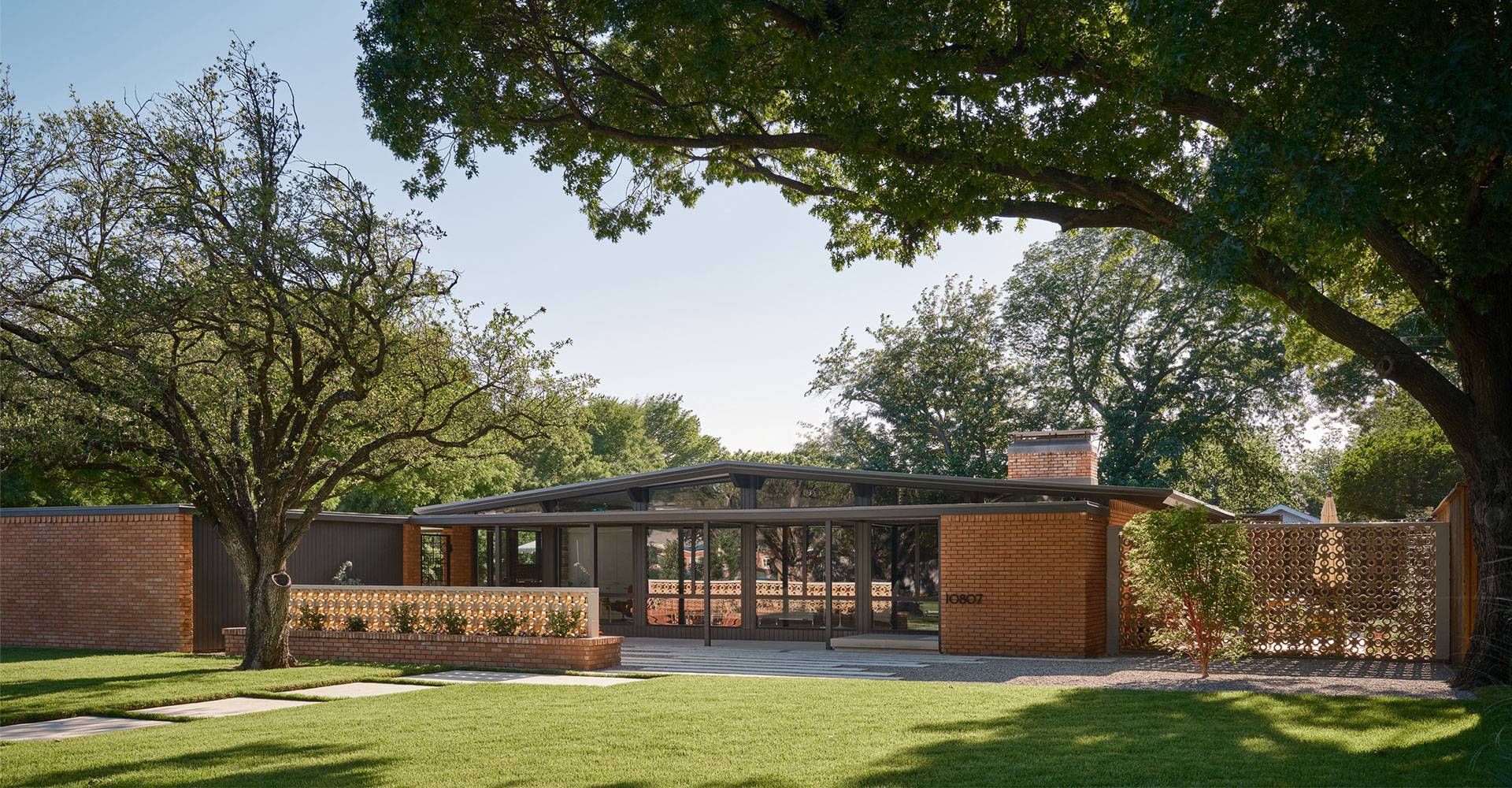
Most neighborhoods in Dallas are built on predictable, level land—grid-like streets, symmetrical lots, and a rhythm of homes that follow a logical, controlled pattern. But Bluffview is different. This is a neighborhood that was shaped not by urban planners but by the land itself—a rare pocket of rolling hills, rugged bluffs, and dramatic topography that sets it apart from the rest of the city.
Here, architecture does not impose itself on the landscape. It follows it. Homes do not sit rigidly atop the land but adapt to its contours, cascading down slopes, curving around natural formations, and embracing the unpredictability of the terrain.
In Bluffview, a home is not just a structure—it is a response to its surroundings.
But what does it mean to design for a landscape that refuses to conform? And how does the geography of Bluffview shape the architectural character of this singular neighborhood?
A Neighborhood Defined by Its Geography
Bluffview sits on a stretch of land that feels more like Austin’s Hill Country than Dallas’s sprawling plains. With elevations that rise and fall unpredictably, the area has a character that defies the city’s usual grid-like uniformity.
1. The Influence of Natural Elevation
Unlike most Dallas neighborhoods where land is flattened and reshaped before development, Bluffview retains its natural hills, cliffs, and ravines. The result?
- Homes are positioned to maximize views, not just to fill lots.
- Streets curve and shift instead of adhering to a rigid, pre-planned layout.
- Many properties sit on multiple elevations, requiring a design approach that is both flexible and responsive.
A house in Bluffview cannot be dropped onto a lot like a template. It must be crafted specifically for the land beneath it.
2. The Role of Bachman Creek
Running through Bluffview is Bachman Creek, a natural feature that cuts deep into the limestone and shale, creating dramatic embankments and secluded, tree-covered enclaves.
Homes that sit along the creek must be designed with erosion control, flood management, and foundation stability in mind. But beyond engineering concerns, the creek provides something that is rare in Dallas:
- Seclusion and privacy, with homes set back from the street and hidden by dense vegetation.
- Dramatic views from balconies, terraces, and oversized windows.
- A sense of retreat, where architecture feels embedded in nature rather than imposed on it.
This natural beauty makes Bluffview one of the most coveted places to build in Dallas, but it also demands a level of architectural sensitivity that few neighborhoods require.
How the Landscape Shapes Architectural Decisions
In most Dallas neighborhoods, a homeowner can choose a style, hire a builder, and develop a home with few constraints. In Bluffview, the land itself is an active participant in the design process.
1. The Adaptation of Architectural Styles
Because of the irregular terrain, homes in Bluffview cannot rely on traditional foundations or predictable footprints. Instead, architects take inspiration from styles that embrace movement, asymmetry, and elevation changes:
- Modernist and mid-century homes with cantilevered balconies that extend over the bluff’s edge.
- Mediterranean villas that use terraced landscaping to create tiered outdoor spaces.
- Organic architecture, inspired by Frank Lloyd Wright, where homes integrate into the landscape rather than sit atop it.
Each home is site-specific, responding to views, natural light, and the topography of its lot.
2. Multi-Level Living
Because many Bluffview lots feature steep drops and elevation shifts, single-level homes are rare. Instead, architects design:
- Split-level homes, where different areas of the house exist on separate planes.
- Hillside residences with entryways at one elevation and living spaces cascading downward.
- Multi-tiered terraces and outdoor patios, ensuring that no part of the home feels disconnected from the land.
Instead of forcing the land into submission, homes in Bluffview work with the natural terrain, creating spaces that feel integrated rather than imposed.
3. The Importance of Views and Orientation
In a neighborhood where topography varies dramatically, orientation is everything. Unlike traditional homes, which are often designed with street-facing facades, Bluffview homes are:
- Positioned to maximize natural light, with large windows framing unobstructed views of treetops and cliffs.
- Oriented away from streets, focusing instead on private courtyards, terraces, or balconies.
- Designed with elevation shifts in mind, ensuring that each level of the home has access to outdoor space.
The goal is not just to build on the land but to build within it—to make architecture a natural extension of the site.
Challenges and Opportunities in Bluffview’s Architecture
Designing in Bluffview is both an opportunity and a challenge. The land provides an extraordinary canvas for creativity, but it also demands thoughtful problem-solving.
1. Engineering for Stability
Because Bluffview’s hills and ravines create uneven and sometimes unstable soil conditions, structural integrity is a key concern.
- Deep pier foundations are often required to anchor homes into the bedrock.
- Retaining walls and landscape reinforcements help prevent erosion.
- Bridges and staircases connect different elevations, creating fluid transitions between spaces.
Without these considerations, a home in Bluffview risks long-term structural issues, but with them, it becomes a masterpiece of engineering and design.
2. The Balance Between Privacy and Openness
Many homes in Bluffview sit on secluded, elevated lots, offering privacy from the street. But this seclusion also presents a question: how do you balance openness and security?
- Many homeowners opt for discreet, setback entrances, keeping the focus on the landscape rather than the street.
- Large, floor-to-ceiling windows offer expansive views, but are carefully positioned to maintain a sense of retreat.
- Outdoor spaces—rooftop terraces, hidden courtyards, and sunken patios—maximize openness without compromising privacy.
Unlike traditional city living, where homes engage directly with the street, Bluffview homes are oriented toward nature.
A Neighborhood That Honors Its Landscape
Bluffview is not just a place—it is a lesson in how architecture and landscape can coexist. It is a neighborhood that demands creativity, where homes are designed not to dominate their surroundings but to be shaped by them.
In a world where development often prioritizes efficiency over artistry, Bluffview remains an example of how architecture can be deeply personal, rooted in the land, and driven by the natural world rather than human convenience.
The dramatic landscape is not an obstacle—it is an opportunity. It is what makes every home here unique, adaptive, and ultimately timeless.
Because in Bluffview, a house is never just a house. It is a response to the land, a reflection of its setting, and a story told through design.
Northwest Dallas Architects
Where Architecture Follows the Land in a Neighborhood Designed by Nature
In most cities, architecture imposes itself on the landscape. Streets are carved into rigid grids, land is flattened, and homes are arranged with uniformity, with little regard for the topography beneath them. But in Bluffview, Texas, the rules are different. Here, the land speaks first, and the architecture listens.
Bluffview is not just another Dallas neighborhood; it is a geographical anomaly, a place where steep bluffs, rolling hills, and winding creeks define the built environment. The homes here are not designed in defiance of nature, but in deference to it. They adapt to the land’s unpredictable contours, following the natural flow of elevation changes rather than resisting them.
This is what makes Bluffview unique—not just as a neighborhood but as an example of how architecture and nature can work in harmony. It is a lesson in restraint, in the power of working with what exists rather than trying to alter it. And as cities across the country face increasing pressure to develop responsibly, Bluffview serves as a model for how architecture can respect, rather than replace, the natural world.
A Landscape That Shapes Its Homes
Unlike most Dallas neighborhoods, where lots are predictably rectangular and relatively flat, Bluffview was built on a landscape that resists standardization. Originally farmland, the area’s dramatic bluffs and limestone cliffs were never leveled for easy development. Instead, the land was allowed to dictate how homes would be built.
This creates a neighborhood where:
- No two homes sit at the same elevation—each one follows the undulating terrain in its own way.
- Driveways and pathways curve naturally rather than cutting in straight lines.
- Trees, hills, and natural rock formations are left intact, incorporated into the design rather than removed.
A home in Bluffview is not just placed on a lot; it is woven into the environment.
The Architectural Styles That Thrive in Bluffview
When a neighborhood is defined by its landscape, certain architectural styles thrive while others struggle to belong. In Bluffview, the most successful homes are those that embrace asymmetry, organic forms, and natural materials—styles that flow with the land rather than impose upon it.
1. Modernist Homes That Hover Above the Hills
One of the most striking architectural movements to take root in Bluffview is modernist design, particularly homes that embrace:
- Cantilevered structures, extending over steep drops.
- Floor-to-ceiling windows, framing uninterrupted views of the treetops.
- Minimalist forms, allowing the natural surroundings to be the focal point.
These homes often appear to float above the landscape, using stilts or extended foundations to adapt to the hillsides without requiring excavation. Instead of reshaping the land to accommodate a house, the house is designed to fit within the land as it exists.
2. Mediterranean and Spanish Revival Homes That Follow the Terrain
In a setting where multi-level living is a necessity, Mediterranean and Spanish Revival homes have found a natural home in Bluffview. These styles are known for:
- Terraced landscaping, creating seamless transitions between different elevations.
- Stucco exteriors that blend with natural surroundings, rather than competing with them.
- Clay tile roofs and arched openings, complementing the rugged, sun-drenched terrain.
Unlike the sprawling estates of Preston Hollow, which require vast flat lots, Mediterranean homes in Bluffview feel anchored to the hillsides, as though they have always been there.
3. Organic Architecture That Blurs the Line Between Indoors and Outdoors
Perhaps the most natural fit for Bluffview is organic architecture, an approach that emphasizes:
- Natural materials like stone, wood, and exposed concrete.
- Curved, freeform structures that mimic the land’s topography.
- Open-air courtyards and outdoor rooms that merge with the landscape.
Inspired by the philosophy of Frank Lloyd Wright, organic architecture in Bluffview seeks to eliminate the boundary between home and nature, making each house feel like a natural extension of its surroundings.
How the Land Dictates Home Design
In Bluffview, architecture does not command the land—it takes cues from it. This requires a completely different approach to design, where the first question is not What kind of house do you want? but rather What does the land allow?
1. Multi-Level Homes That Adapt to the Slopes
Because Bluffview’s terrain is naturally uneven, homes are rarely single-story structures spread across a flat lot. Instead, architects must consider:
- Split-level designs, where each section of the home sits on a different plane.
- Hillside foundations, ensuring stability on sloped lots.
- Outdoor staircases and terraces, allowing for fluid movement across different elevations.
This results in homes that feel dynamic, with levels that rise and fall naturally rather than adhering to a rigid floor plan.
2. Orientation and Views Matter More Than Street Presence
In traditional neighborhoods, homes are designed to face the street, with the front elevation serving as the primary architectural focus. In Bluffview, the best homes ignore this rule entirely.
- Instead of facing the street, homes are oriented toward views, whether that means looking out over the treetops or toward Bachman Creek.
- Large windows and glass walls replace traditional front façades, bringing the outdoors in.
- Entryways are often discreet and tucked away, allowing nature to remain the star of the show.
Bluffview homes are not about curb appeal in the traditional sense. They are about experiencing architecture in relation to the land.
3. Landscaping That Works With, Not Against, Nature
One of the biggest challenges—and rewards—of designing in Bluffview is the landscape itself. Unlike in other Dallas neighborhoods, where landscaping is aesthetic decoration, in Bluffview, it is functional necessity.
- Native grasses and drought-resistant plants replace manicured lawns, ensuring sustainability.
- Natural stone pathways follow the existing contours of the land rather than cutting against them.
- Tree preservation is prioritized, with many homes designed around mature oaks and elms.
The result is a neighborhood that feels wild, yet intentional—a place where nature has not been tamed but thoughtfully integrated into daily life.
A Neighborhood Designed by Nature
In an age where development is often synonymous with destruction—where land is leveled, trees are cleared, and nature is reshaped to fit architectural ambition—Bluffview stands apart.
It is a reminder that the land existed before the homes, and it will exist long after them. The best architecture here does not seek to alter that fact; it seeks to respect it.
Bluffview is not just a neighborhood—it is a lesson in how architecture can exist in dialogue with nature, rather than in opposition to it.
Because when the land dictates the design, the result is not just a house—it is a home that truly belongs to its setting.
